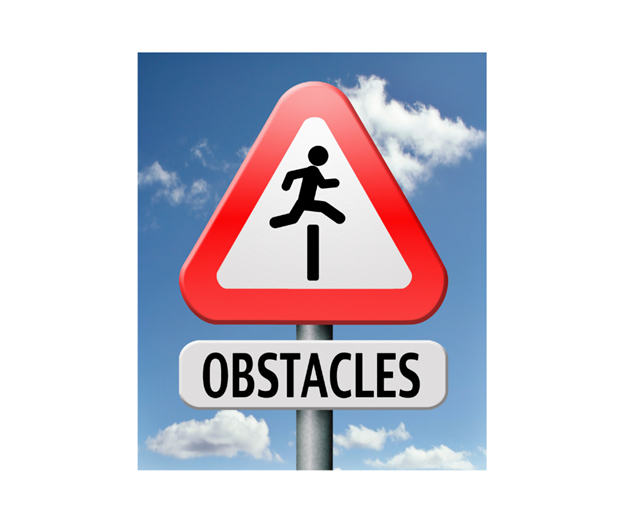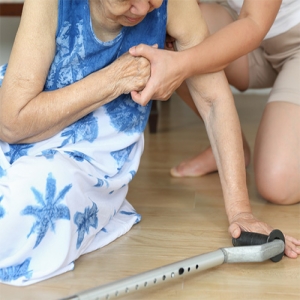Fall prevention is important for everyone, but it’s especially crucial for older family members. Your parents or grandparents may be at risk of falling and hurting themselves due to their age. As a result, they may suffer physical impairments after the accident, which could cause even worse problems than they had to overcome just to get up again!
Conditions such as neuropathy, drop foot, and arthritis, can put someone at risk for falling as well as certain medications. So, what can be done to prevent falling and subsequent injury?
Fall Risk Assessment
First, we start with a series of short tests called a fall risk assessment. The assessment consists of simple questions, range of motion, and stability tests. We perform this test in our office and it takes approximately 30 minutes. It will help us determine how at-risk you are for falling, which will establish the course of treatment.
Bracing
If you are at high risk for falls, one of the treatment options is to cast you for a custom brace called a Moore Balance Brace. This brace is custom molded to your foot and ankle to ensure that you get the maximum support needed. Neuropathy often prevents your foot and ankle from properly communicating with each other, which makes it difficult to walk or maintain balance. The brace not only stabilizes your ankle, but also makes it easier to pick up your foot when walking which will decrease your risk of falling. You will become much more stable on your feet and gain confidence while walking.
In the past, custom braces have been bulky and unsightly, but they have become very sleek in recent years. The brace will fit into most shoes and people won’t even know you are wearing a brace! Wearing a custom balance brace can also help eliminate the need for a cane or walker in some cases.
Physical Therapy
Another adjunctive treatment option is physical therapy. Depending on the results of your fall risk assessment, it might be necessary to send you to a physical therapist for strengthening or range of motion exercises to increase flexibility. We will recommend physical therapists and give you an order stating exactly what needs to be accomplished. Depending on the severity of your issue and your progress, the physical therapist will determine how long and how often you will have treatment. Treatment will be done at your convenience and insurance will be discussed prior.
Fall Prevention
When talking about fall risk we also need to be concerned about prevention. Take the following precautions to reduce the risk of falling:
Wear Supportive Shoes
Wearing supportive shoes will go a long way in preventing a fall. You want to wear a sturdy shoe that doesn’t bend a lot. This will help keep an unstable ankle from rolling and causing a fall. If you can roll the shoe up like a burrito, it is not a good shoe. Some examples of good, non-flexible shoes include Brooks, Asics, and New Balance.
Reduce obstacles at home
This includes making sure there is nothing to trip over. Sometimes stairs can be an obstacle with people for fall risk. If it is possible to reduce or even eliminate the need to go up and down the stairs, it is worth considering.

Strength and Range of Motion Exercises
Outside of physical therapy there are also at-home exercises you can do to improve muscle strength and range of motion. Doing these daily will help ensure that you have a solid, strong foundation while walking.
Falls can happen at any time, and it’s important to know how you can help your loved one stay safe. If you’re concerned that they are particularly prone or vulnerable because of their age (or other factors), please contact us today for more information on our treatment options! You can call the office at or schedule an appointment online.

